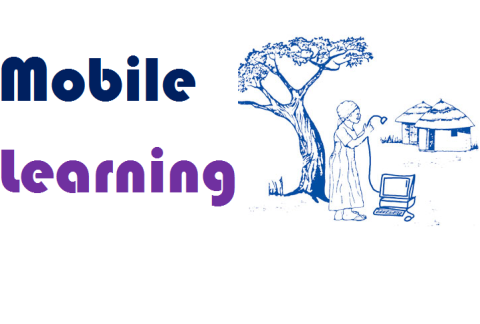
ICTpost Education Bureau
Smart-phone use is nearly ubiquitous among young adults. About 32 percent of the users of smart-phones in India tend to make their purchases using the device, according to a recent study. ?For shopping, 32 percent would like to pick their smart-phones and 23 percent chose the laptop or desktops as the next choice. It goes on to show how connected the mobile device is and plays a significant role in a purchase decision.
As more schools and districts are discovering, smart communications using smart phones can help keep families connected to schools and their personnel in productive and convenient ways, while offering new avenues for parent and student engagement.
Smart Phones and Communication
The smart phone served as their connection to the internet, making text messaging, social media networks, and mobile access to websites and online services even more important?factors we likely would have missed without the additional, local research.
At the other end of the spectrum, we learned that high-income families used their smart phones to stay connected via social networking sites they created and maintained to keep families informed, often without any principal awareness, input, or knowledge.
While all but one of these alternative sites were supportive of school administration and teachers, it?s sad that so many actively engaged parents felt their schools did not meet their communication needs.
Will smartphones make my kids smarter?
Which leaves parents and educators asking one question:? Will smartphones make my kids smarter?
While some might view smartphones as yet another digital distraction, a mother insists that the potential advantages of mobile learning outweigh any disadvantages. ?First, these devices are mobile and allow the parent to encourage anywhere, anytime learning,?
The second advantage is that, because of their relatively low cost and ubiquity, these devices allow educators to reach underserved children that are geographically or economically disadvantaged. The third is that these devices can encourage 21st century skill like communication and collaboration.
Parents today seem to have an almost insatiable desire to stay connected to their children electronically, and as such, they greatly appreciate frequent updates about their children?s progress?as well as online access to homework assignments, grades, attendance, discipline reports, teacher notes, and student portfolios.
When parents perceive a communication void, they will work to fill it, by creating their own mobile apps, alternative social media sites, blogs, electronic newsletters, and distribution lists. The same is true for students.
Created in English and Spanish, the mobile site features pared-down information of high interest to parents, including a GPS-fueled school locator, search functions, and an enrollment app that make school shopping and contacting staff easier.
The site also features content about academics, the arts, special education, athletics, calendars, bell schedules, bus stops, clubs, field trips, and school events. MPS parents can sign up for news feeds or check out blogs by the superintendent.
When communicating in a mobile environment, it?s more important to focus on content than graphics, photos, icons, color, and other design elements, according to Amy Kant, MPS web specialist.
Parents appreciate sites that load quickly and don?t eat up their data plans, according to Kant, so smart communicators edit their content carefully and resize and minimize photos, charts, graphs, and other memory hogs.
Smart phones: The future of education?
How using smart phones as a technology for learning can change the engagement and participation levels of children.
Some experts talk about a real-world example of students taking pictures of leaves and not only was that a learning experience for them, but also biologists are using that information to study climate change. It was a fascinating mention of how young children could play a serious role in scientific study.
One of the other benefits of using smart phones in education is that it can assist students and teachers in getting out of the classroom and into nature or real-life settings to help students become more observational about their environment.
While not a panacea for the educational system in this country, games and smart phones could be one way to engage and motivate student learning. What do you think?







